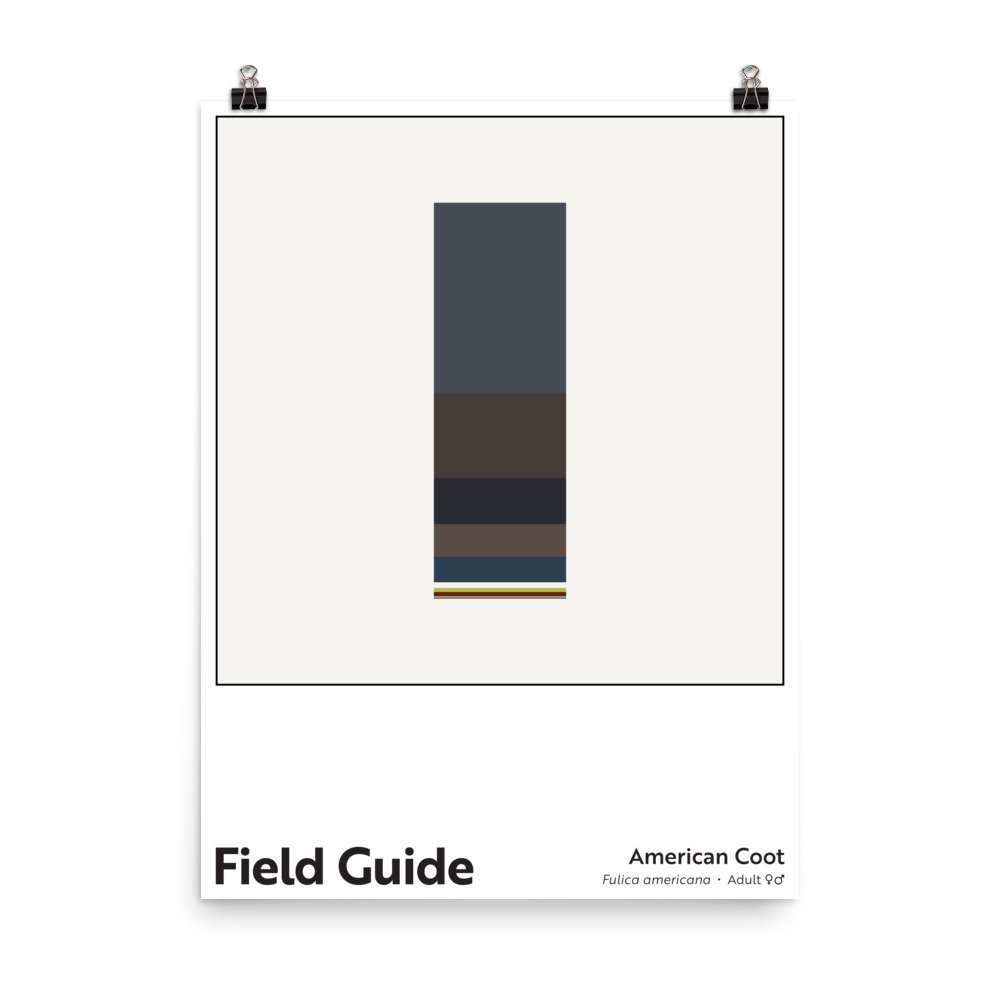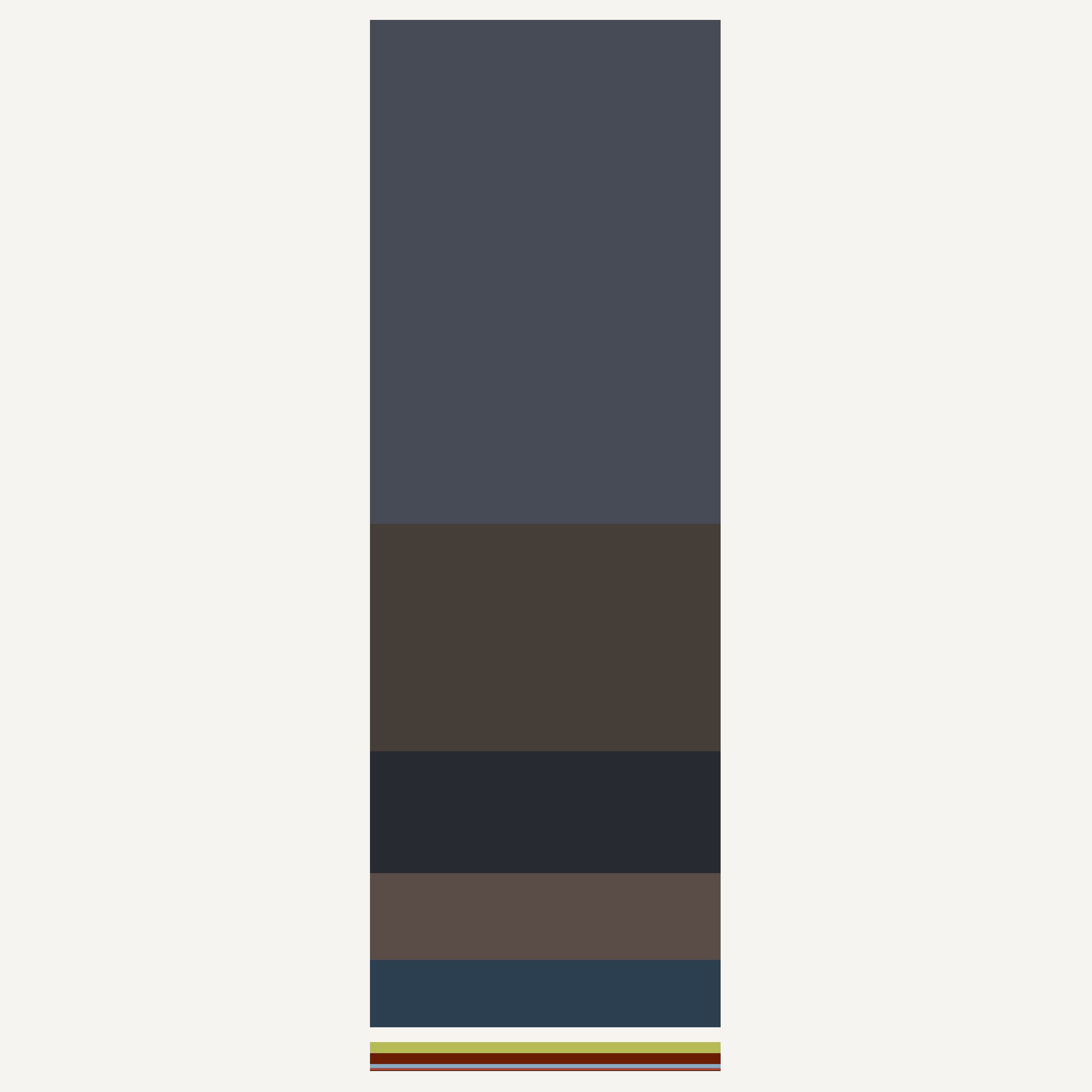Field Guide : American Coot
Field Guide : American Coot
Unlimited edition. 18 x 24 inch, museum-quality poster on matte paper.
I sometimes think of coot as the Rodney Dangerfield of waterbirds. They “can’t get no respect.”
When you talk of seeing coot, many people think you mean a zany or foolish old man, but if you speak of a “mud hen” or “water chicken,” they *might* know what you’re referring to. Other nicknames for this bird are more disparaging; I’ve heard “sewer hen,” “pond crow” (which is a double whammy, taking a swipe at crows, too), and, most often, “trash bird.” Many birders discount this unusual member of the rail family because of its abundance, and hunters generally demean coot as “ugly” and poor tasting (even though, if you prepare them properly, they’re delicious). That we hold these fascinating waterbirds in such low regard is reflective of our ignorance, not their station; American coot are remarkable and subtly stunning birds.
Admittedly, coot engage in many behaviors we humans find amusing – but that’s endearing, not condemnable. They move a little like chickens on land, and as they swim, they even pump their heads back and forth in rhythm with their paddling. The very vocal birds grunt, croak, and putt as they forage, usually in a group, and they make even more of a racket when they take flight, running over the water’s surface in an extended and ungraceful splatter launch. One research paper describes them as “excessively noisy” birds, although the authors hypothesize that coot make such a hubbub in order to be more intimidating. (“I’m small, but you’re gonna hear me putt and splash!”) People also describe coot as “awkward looking,” but the birds have been shaped over many millennia to excel at, well, being coot. In fact, they’re so successful you can find them in most wetland habitats across North and Central America.
One form and function note: If you see a coot out of the water, you’ll realize their feet are not webbed like those of ducks and geese; instead, their toes are lobed. You may also be surprised by the olive and powder blue coloration, glistening like a fine ceramic glaze over the legs and feet. Those large lobed toes are as practical as they are beautiful, allowing the birds to be accomplished swimmers and divers while also providing additional stability on muddy surfaces and floating vegetation.
All that to say, you can take your “sewer hen” disrespect and shove it.
Note: These archival poster prints feature rich, appealing colors. I encourage customers to take care in handling them until they are framed/protected for display; the darker colors on the matte paper can be scratched. They ship rolled, so customers need to flatten them before framing (or have their framer do so).
Charitable Sales Model: Whenever one of these poster prints is purchased, a charitable contribution equal to 10% of the print’s cost (or $3.60) is made to a nonprofit working to tackle environmental or social challenges. Read more about my charitable sales model here.

